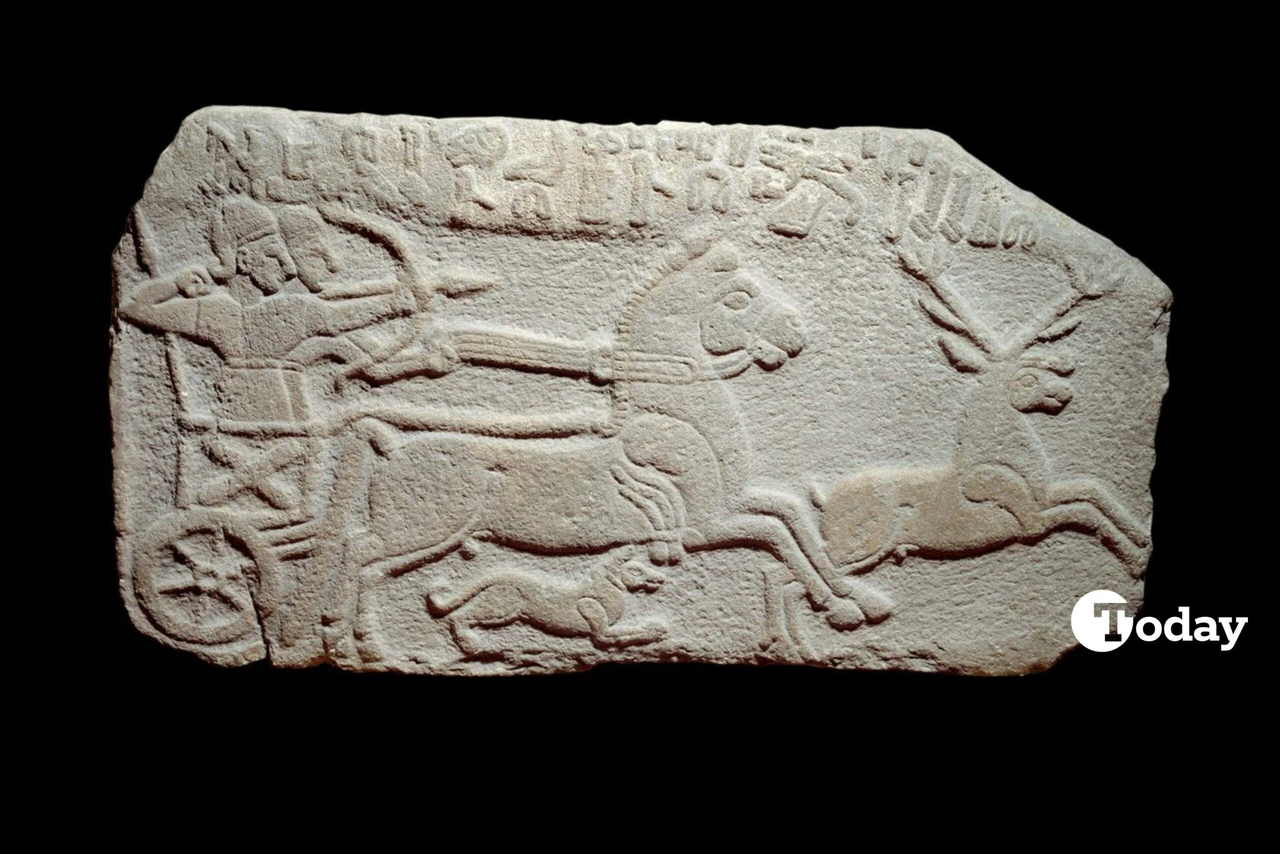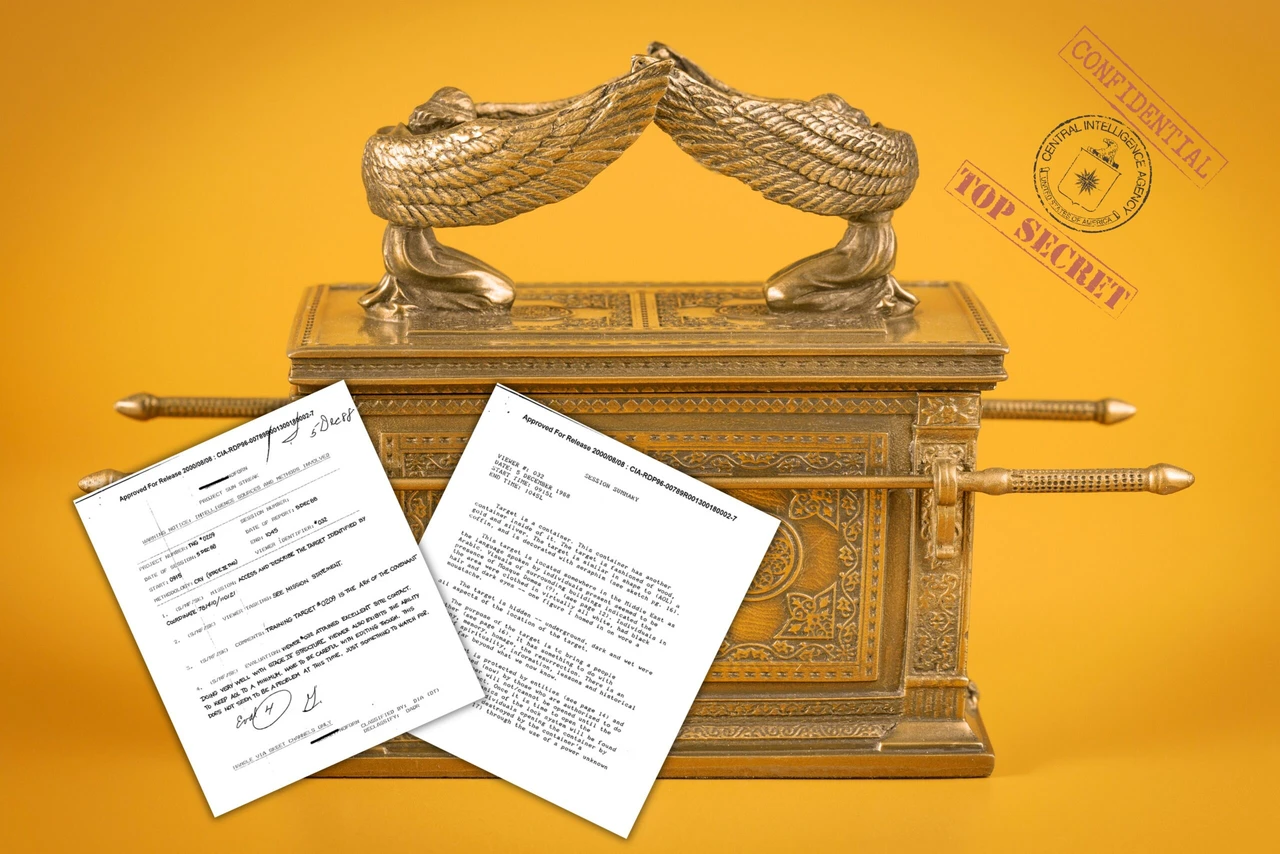Enderun Academy: Lifeblood of Ottoman imperial bureaucracy
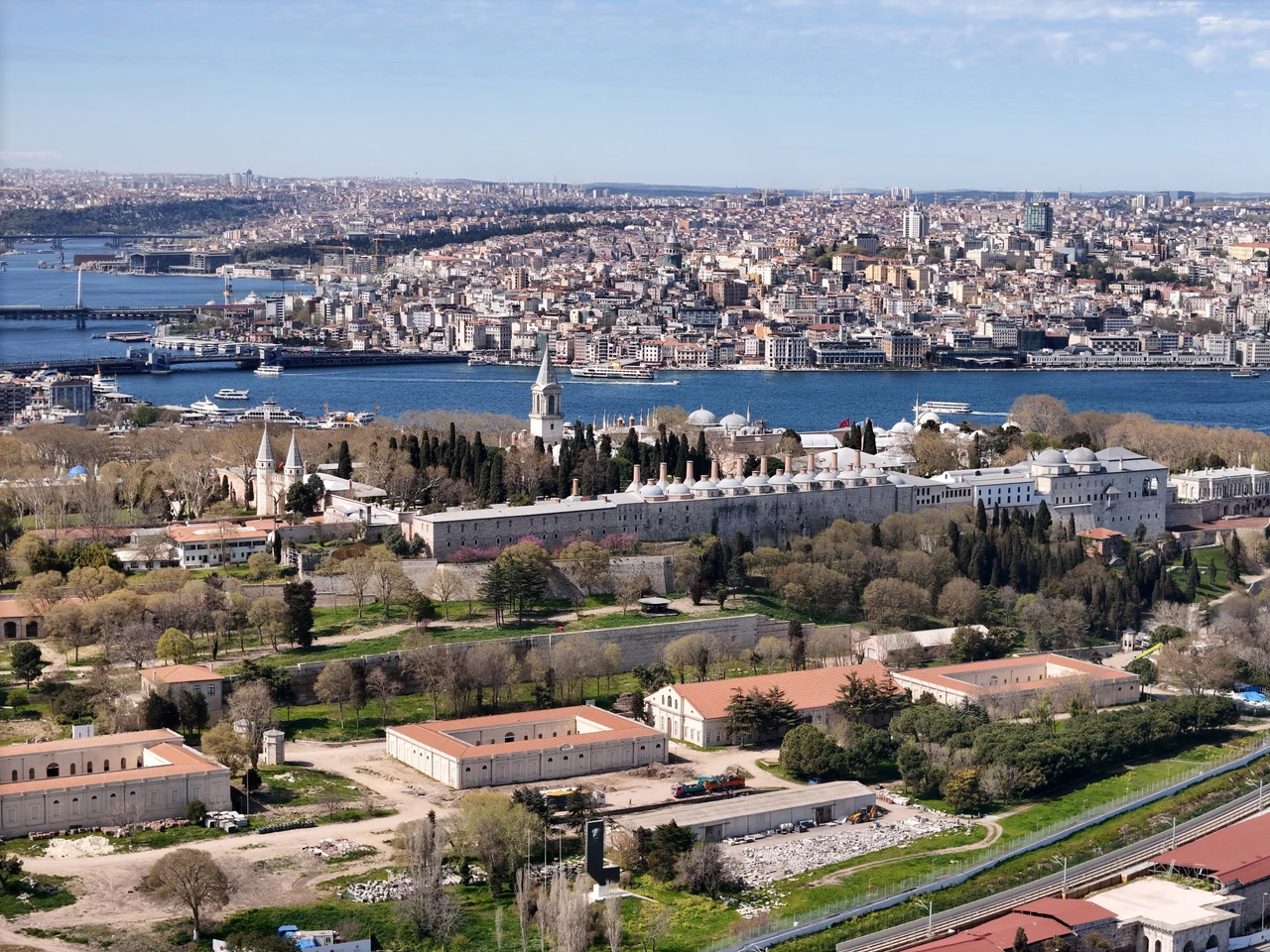 Aerial view of Topkapi Palace, in Istanbul, Türkiye, April 6, 2024 (IHA Photo)
Aerial view of Topkapi Palace, in Istanbul, Türkiye, April 6, 2024 (IHA Photo)
The Ottoman Palace is fundamentally an Eastern Palace. It is insufficient to trace its structure solely to the Islamic era; one must delve into the Sasanian, and perhaps even the Achaemenid, periods of Persian palaces. Those who visit the Ottoman Palace, or evaluate it with a discerning eye, consistently report encountering an architectural complex that, despite being composed of units built over four centuries, is remarkably simple, beautiful, harmonious, and well-proportioned.
This architectural unity is by no means overwhelmingly large; grand halls, including the Sultan’s quarters in the Harem, are rarely seen. Even those that exist are more comparable to modern-day affluent villas and apartments than to other palaces. However, the palace was dominated by a magnificent ornamentation, a unique decoration without parallel, and a lifestyle featuring the finest fabrics and textiles of the time. It is evident that even entertainment within this palace was confined to the limits of necessity. Life, both in the Harem and the Enderun, was based on strict discipline, and the day was spent working, serving, and learning.
Structure of the Ottoman Palace Topkapi
The Ottoman Palace should be examined in three sections: the Birun, the Enderun, and the Harem. The Birun section comprises the first courtyard entered through the Bab-i Humayun, which includes the kitchens, the Imperial Council (Divan-i Humayun), and the offices. This area was easily accessible to the public, featuring workshops that honed skills, an armory, and the Hagia Irene, which served as a premise for the Mehterhane (military band). The Enderun and the Imperial Harem, on the other hand, constituted the true inner sanctum of the palace, the Sultan’s residence.
The inhabitants of the Harem and Enderun were considered inner servants, the Sultan’s inner circle. The pages (ghulams) admitted to the Enderun, particularly during the 15th and 17th centuries, were the elite of the devshirme system (conscription), while those admitted to the Harem were the most women. These sections were home to the most esteemed officials of the palace. The Ottoman Enderun is a subject that intrigued foreigners before it did the natives in our modern literature, and rightly so, as it was a unique institution that cultivated the Empire’s ‘lordship bureaucracy.’ Through a combination of service and education, individuals from the Empire’s remote villages formed an elite class. These elite administrators, unlike those seen today, completely shed their original manners, attitudes, and language.
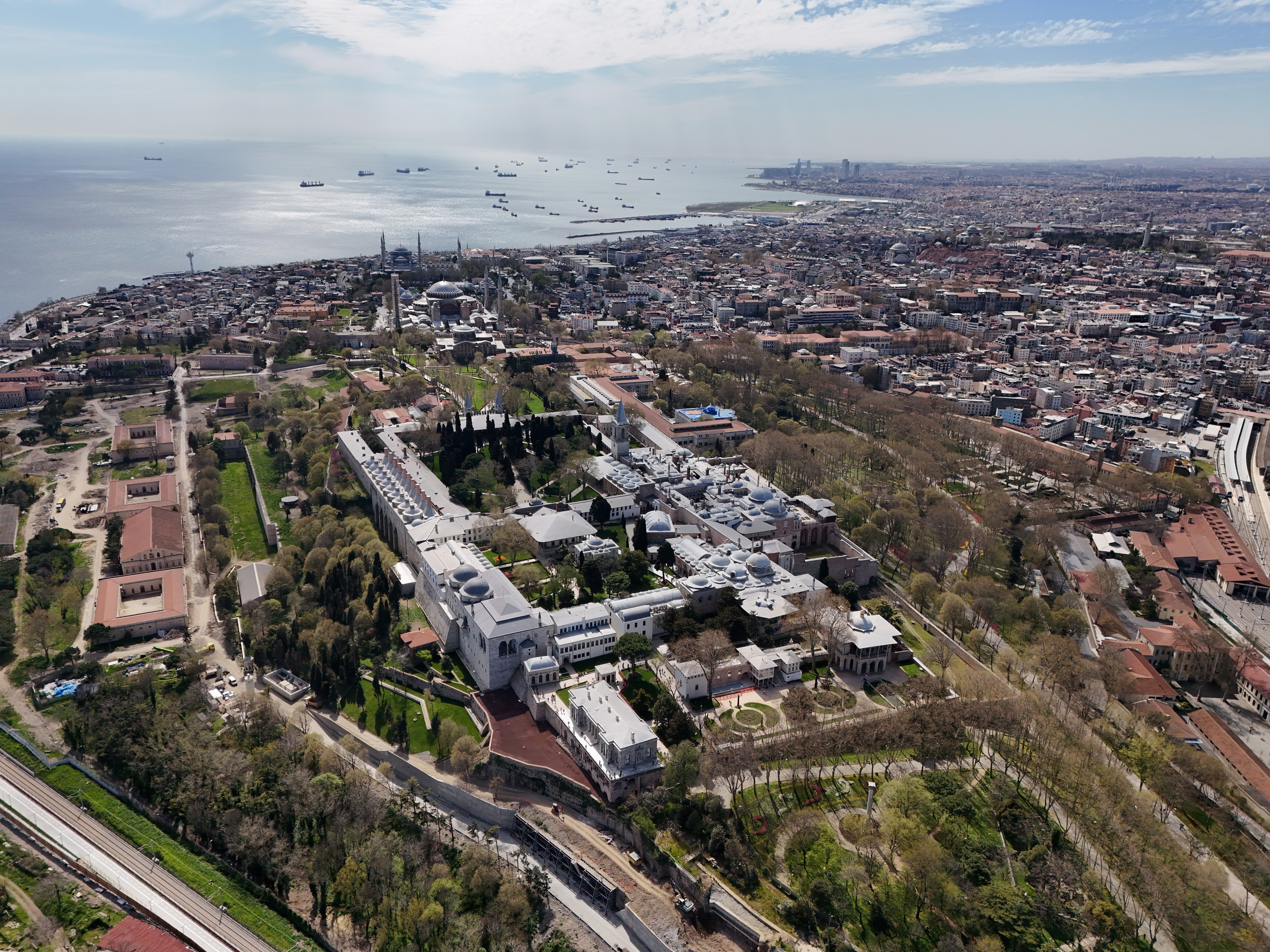
In a way, the Ottoman Enderun, much like the Roman Papacy, was an institution that managed to create a refined elite from society’s fringe groups. Unfortunately, apart from a few descriptions such as Koçi Bey’s ‘Organization Treatise,’ Ata Bey’s ‘History of the Enderun,’ Hızır İlyas Ağa’s ‘Letaif-i Enderun,’ and works by foreigners like Thévenot and Albertus Bobovski (Ali Ufki after his conversion), who himself was educated in the Enderun, there is not much information. These works offer relatively accurate notes but are not without exaggerations. There are still no extensive studies based on palace documents, relevant chronicles, and memoranda on this institution, where the Ottoman elite, a service aristocracy, was created. As their number increases, more substantial information will be obtained about this institution, the birthplace of the Empire’s ruling class.
‘Enderun: Crucible of the Ottoman Military-Civil Bureaucracy’
The Enderun was the most crucial institution for cultivating the Ottoman military and civil bureaucracy. Until the Tanzimat period of the 19th century, there was little distinction between civil and military officials. Provincial governors-general (beylerbeyis), district governors (sancakbeyis), and central viziers were all individuals possessing military qualifications. Undoubtedly, the Ottoman high officials could also emerge from the Janissary Corps, and some of them, like Koprulu Mehmed Pasha and Kemankes Kara Mustafa Pasha, could become exceptionally valuable statesmen.
However, their literacy was more questionable due to their Janissary origins. In contrast, someone educated in the Enderun possessed a profound religious culture, a deep literary culture (as seen in some exemplary cases), and superior Turkish reading and writing skills. These qualities were acquired during years of dedicated service. Majority of the young men who entered the Enderun, typically around 15-16 years old, came from schools like the Edirne Palace, Galatasaray, and, after the 16th century, the Ibrahim Pasha Palace in Atmeydani, where they were initially recruited as pages (“icoglanlari”). After rigorous training in these three schools, the most promising youths were selected and sent to the Enderun-ı Hümayun in the Grand Palace when vacancies arose.
These young men, around 15-16 years old, embarked on a long period of education and service. They served in the Grand and Small Chambers (‘dolamalılar’), receiving two sets of clothing and a small allowance annually. Negligence, frivolous behavior, irregularities, and uncleanliness were punished. After service and promotion in these two chambers, they moved to the main Enderun dormitories, where they were called ‘kaftanlilar.’ In the late 16th century, the walls overlooking the Sea of Marmara were demolished, and the bath section, where the Sultan’s kaftans are now displayed, was renovated.
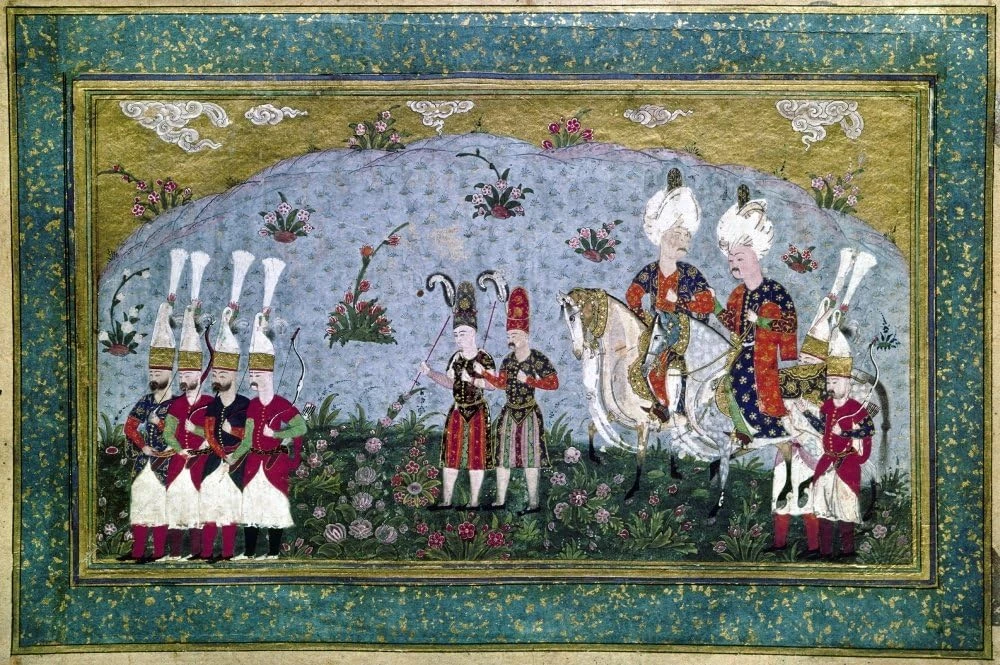
IV. Murad placed the Enderun members he took on his campaign (Sefer-i Humayun) there, and it became known as the ‘Seferliler Dormitory.’ Some Enderun members had their own dormitories, while others, like the falconers and Enderun dwarfs, formed apprentice groups without independent quarters. The palace falconers and hunting dog handlers were responsible for Enderun security at night, as after dark, Enderun members retired to their dormitories and did not venture into the courtyards or gardens. Summer and winter nights in the dormitories were spent on illumination and literary studies, while days were filled with sports, Enderun school, and service.
Exhausted from this busy schedule, they went to bed early and rose before dawn. After the call to prayer, the members of the Privy Chamber (Has Oda) performed the morning prayer in the tiled section of the Enderun Mosque, while others prayed in the whitewashed section. Sultans sometimes joined the Enderun members in prayer. The elite of the Enderun were the Privy Chamber members. After years of experience and accumulated knowledge, they ascended to positions of authority in the Empire. Within the palace, only a few victorious commanders, such as Hersekli Ahmed Pasha, were granted the privilege of riding a horse.
However, Enderun members appointed to governorships also left the palace on horseback, throwing gold coins from their pouches to those who greeted them. The Enderun treasury was used for routine palace expenses and emergency payments, including the procurement of precious metals for minting coins. The Enderun account books record expenses for provisions for the Enderun pantry and repairs for certain chambers. Examining documents related to the operations of this section and the number of its members, such as the provisions for the kitchens of the Enderun pages and the Seferli Chamber, provides valuable data.
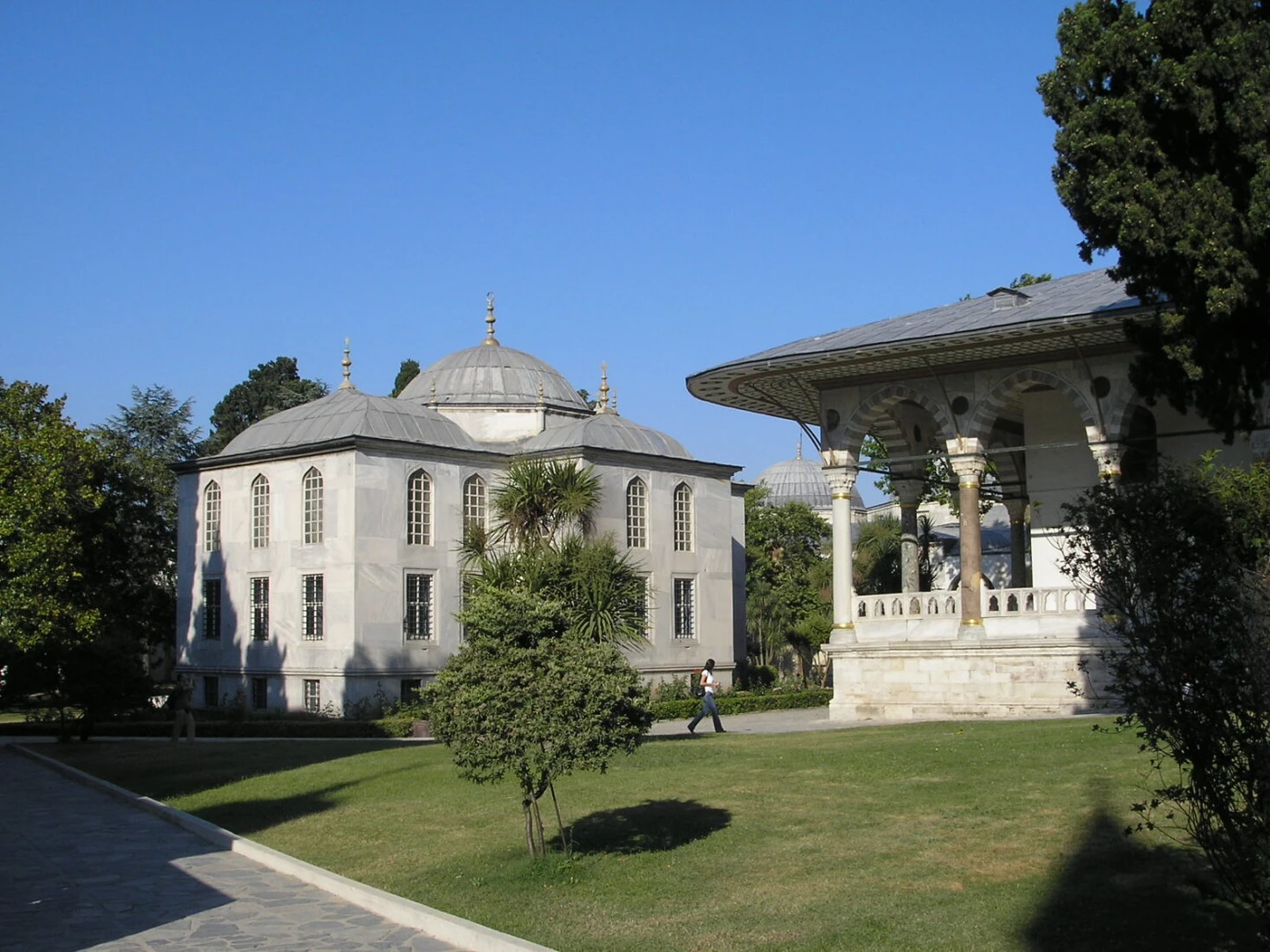
The Seferli Chamber, one of the most important dormitories of the Enderun-i Humayun, housed about 140 Enderun members and was a major source of artists and writers. The unwritten aspect of Enderun history concerns the ‘Who’s Who’ of the classical Ottoman period. Although it is possible to find extensive Enderun lists in some history books, biographical information, as is common among our historians, is largely lacking, especially concerning the Enderun. The Kilerli Chamber, where the administrative section of the palace is now located, was responsible for the palace kitchens, the production of gifts like baklava and jams, and the provision of bread, overseeing a large staff. In the 17th century, it had 144 members.
It is evident how the limited staff of the 16th century expanded in the 17th century. For example, Ismail Hakki Uzuncarsili mentions the Hazine Chamber, a higher institution within the Enderun, having 125 members in the early 17th century and 83 members five years later. The Enderun was undoubtedly the center to which all the palace artists and workshops were affiliated. Nevertheless, explaining the increase in the number of Enderun Agas (chiefs) is difficult. Indeed, the Privy Chamber (Has Oda), the Sultan’s bedroom in the 15th century (although there was no bedroom in the palace until it was built by Mimar Sinan at the request of Hurrem Sultan during the reign of Suleiman the Magnificent), was used to store the Sacred Relics, especially after the conquest of Egypt.
It should be no coincidence that it had almost the same functions as the ‘Privy Chamber’ in Western languages. The Has Odabasi (chief of the Privy Chamber) was the marshal of the palace. High-ranking officials such as the Silahtar Aga (sword-bearer) and the Cuhadar Aga (robe-bearer) were also associated with this chamber. The number of Privy Chamber members was smaller, and they formed a privileged group. The Enderun of the Ottoman Palace continued until the Second Constitutional Era. Therefore, it is incorrect to present Galatasaray and the School of Political Science (Mulkiye Mektebi) as legal continuations of this institution.
Nevertheless, in terms of function, the Enderun Academy began to lose its importance in the 19th century and became stagnant. The deterioration of tradition was evident even in the 18th century. Ata’s ‘History of the Enderun’ needs to be examined from this perspective. Especially when we look at the narrations in Hafiz Hizir Ilyas’s ‘Letaif-i Enderun,’ we see some cracks in the Enderun’s once strict disciplinary atmosphere in the 19th century. Even Mahmud II was bored with the palace, spending his life in coastal palaces and outer pavilions.
This indicates that the Sultan was mentally distancing himself from the institution known as the Enderun. At the beginning of the 19th century, the Ottoman Palace had to undergo a different organization, and so it did. During the reign of his son, Sultan Abdulmecid, the Ottoman Palace adopted a new protocol. During the reign of Abdulaziz, and especially during the reign of Sultan Abdulhamid II, the Enderun was not abolished but began to fade from palace life. There are great historical institutions that, once their function is over, become like empty seashells.
They appear more colorful and pleasant than before, but they are no longer the same. Undoubtedly, not only in Ottoman history but also in world history, the Enderun School is an example of meritocracy, where individuals rise through competence rather than ‘blood aristocracy.’ For this reason, the Enderun School has become one of the most widely used universal terms outside of Turkish history. It must be admitted that attempts were made to create equivalent institutions in the 19th century, and they were partially successful.
